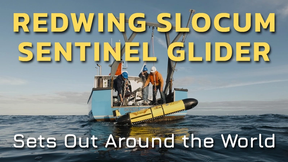-
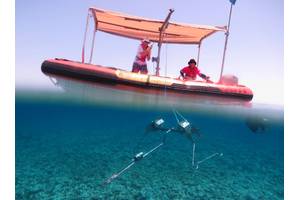
Lander Lab: Cost Efficiency of Baited Ocean Landers
Determining the diversity and distribution of species in an ecosystem is essential to creating a baseline for monitoring studies or to assess the success of conservation and restoration strategies. The methods for sampling marine and aquatic ecosystems can be inefficient and biased, such as diver operated video, or harmful to the environment and biodiversity, such as bottom trawls and seine nets. Both are time-consuming and expensive.
-
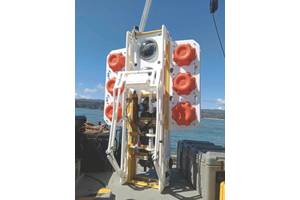
Lander Lab: Chilean Ocean Lander Data Acquisition and Control System
IntroductionThere are enormous technological challenges in accessing and sampling hadal depths, but the recent surge in the development of deep-ocean technologies ranging from ocean landers, remotely operated vehicles (ROVs), and human-occupied vehicles (HOVs) has allowed the oceanography of trenches to be addressed.Ocean landers are a cost-effective class of autonomous unmanned underwater vehicle that possess a unique capacity for exceptionally quiet…
-
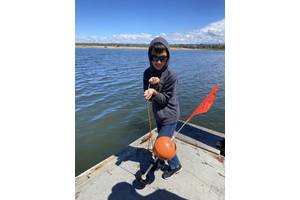
Inspiring Future Ocean Explorers with Landers
The STEM Lander is a small free vehicle intended to introduce curious students to marine technology and ocean exploration. The basic unit drops to the seafloor up to 100-ft deep taking video images, then releases a weight to become buoyant and float back to the surface. A flag helps locate the lander on the surface. Submerged time is under 15 minutes.Since its debut, the little untethered lander has…
-
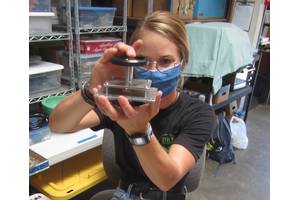
MTR100: Underwater Cameras, Lights and Ocean Landers
Observation is the first step of the Scientific Method. “What’s that?”, leads to research, hypothesis, and then all the rest that ends in “discovery”. When we can’t send humans to look, we send the robots.Scripps Professor John Issacs developed his first deep sea “Monster Camera” in the 1960’s from surplus WWII aircraft nose cameras. His observations lead him to realize that photographs identify species, while film shows behaviors.
-
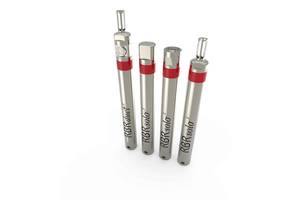
Lander Lab 8: Titanium and Ocean Landers
Titanium and Ocean LandersTitanium is an ideal oceanographic material with high strength, low density, and excellent corrosion resistance. It is the fifth most abundant material in the Earth’s crust, with properties between aluminum and steel. The production of titanium was initially developed to meet the needs of the aerospace industry, while the ocean industry benefitted from cross-over adaptation.The principal alloys used in unmanned undersea systems are 1) Grade 5…
-

In Memoriam: E. John Michel, MRCM (DV) USN (Ret), Chief-of-the-Boat, Bathyscaph Trieste
REMEMBERING MY SHIPMATE JOHN MICHELWe met in January 1959 when I became the first Officer in Charge of the Navy’s newly acquired Bathyscaph Trieste and John was the first USN enlisted man to be assigned to the project. We were based at the Naval Electronics Laboratory in San Diego. Trieste was unique as there were only two deep diving manned submersibles in the world. The French Navy had the other.
-
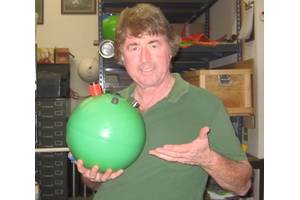
Lander Lab #5: Lithium Polymer Batteries
A column about the Technologies, Strategies, and Use of Ocean LandersLithium-Polymer batteries offer a safe and robust option for portable electrical power. As we collectively have gained experience, application parameters have been refined, defined and improved. Though ubiquitous in everyday life, their acceptance has not quite outrun a troubled past.LiPos have now flown on crewed Space-X spacecraft and are installed on the International Space Station.
-
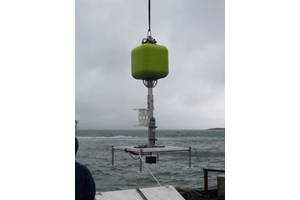
Lander Lab #4: Underwater Releases
“We can get anything to the bottom of the ocean,” quipped Don Walsh, Pilot #1 of Bathyscaphe Trieste. “The trick is getting it back.” A release is how we get our lander back. The anchor weight needs to be discarded, allowing the self-buoyant lander to float back to the surface. That’s the primary task of a release.Releases serve other secondary purposes. They are used to initiate action such as deploying a drop arm…
-
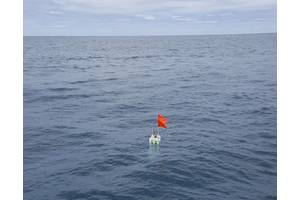
Reader Feedback: Lander Lab - Buoyancy
Thanks to the' Landereans' who replied to the article “BUOYANCY!”, in the May/June 2022 issue of MTR (Vol. 65, No. 4). There have been some very interesting follow-on conversations:LIQUID SYNTACTICKevin Ulmer, nU-Boats LLC: “Enjoyed your article on buoyancy in the latest Marine Technology News. Your idea of glass micro balloons suspended in liquid exists as "pumpable buoyancy" from the Aubin Group.
-
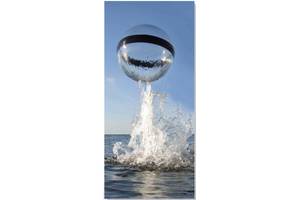
Lander Lab #3: Buoyancy
There is a palatable excitement when an ocean lander is released to explore the deep sea. The checklists and endless tests all come down to this moment. Our optimism is high because none of this is new. Still, we realize the risks. Davy Jones is a crafty soul, and tries to keep what he covets. Looking down, the lander dissolves into flickering scraps of color that fade to blue. And it’s gone. One imagines the dry and safe environment inside the top command sphere. The clocks are running.
-
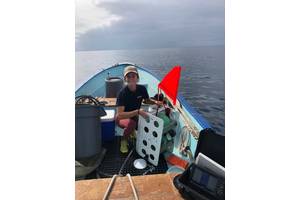
Lander Lab #2: Small Autonomous Landers for Studying the Community Ecology of Nearshore Submarine Canyons
Lander Lab will routinely feature field work by researchers from around the world using ocean landers. We begin with the 2021 Scripps Institution of Oceanography/UCSD work of Ashley Nicoll, currently a PhD student at Stony Brook University, Stony Brook, Long Island, New York. Click here to see Ashley’s full Master’s Thesis paper, “Nicoll Thesis 2021.pdf”.Nearshore submarine canyons are unique features that bring the deep sea close to shore…
-
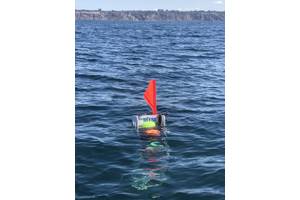
Lander Lab: Technologies, Strategies and Use of Ocean Landers
Moon landers held my attention in the 1960’s as a teenager. Unmanned robotic vehicles like Surveyor, descend out of a dark sky onto an alien world, and took the first look around.The deep and dark ocean seemed as distant and alien. SEALAB II, bathyscaphe Trieste, and the Scripps Institution of Oceanography in my hometown of San Diego had immense gravitational pull on my curiosity.Ocean Landers, unmanned robotic vehicles…
-
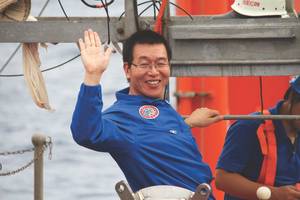
Voices: Professor Cui Weicheng
Professor Cui Weicheng: Shanghai Ocean University, Director, Hadal Science and Technology Research Center (HAST), Co-Founder, Rainbowfish Ocean Technology CompanyDirector of Shanghai Ocean University’s Hadal Science and Technology Center (HAST), Lingang (New City), Pudong District, is one of those leading and influencing the development of advanced deep-sea technology. He is on an extraordinary mission…
-
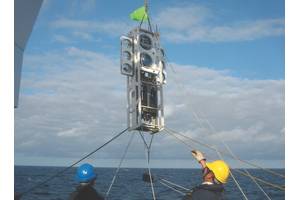
A Record-setting Journey to the Atacama Trench
A Chilean-led expedition to explore the ocean trench off it’s own coast succeeded in launching and recovering a benthic lander named DOV Audacia (Audacity), three times to deeper than 8,000 meters, the last to a record depth of 8,081 meters deep. Using a Mocness Trawl the expedition also collected plankton at a record depth of 5,000 meters. The Atacamex 2018 expedition represent a milestone for marine science in Chile…
 August 2025
August 2025

Understanding our oceans: hydrographic solutions for navigation, surveys, communication and beyond.
Read the Magazine
This issue sponsored by:

Underwater Conversations: The Next Wave in Hydrographic Communications for Renewable Energy

Marine Technology Reporter is the world's largest audited subsea industry publication serving the offshore energy, subsea defense and scientific communities.
Subscribe
